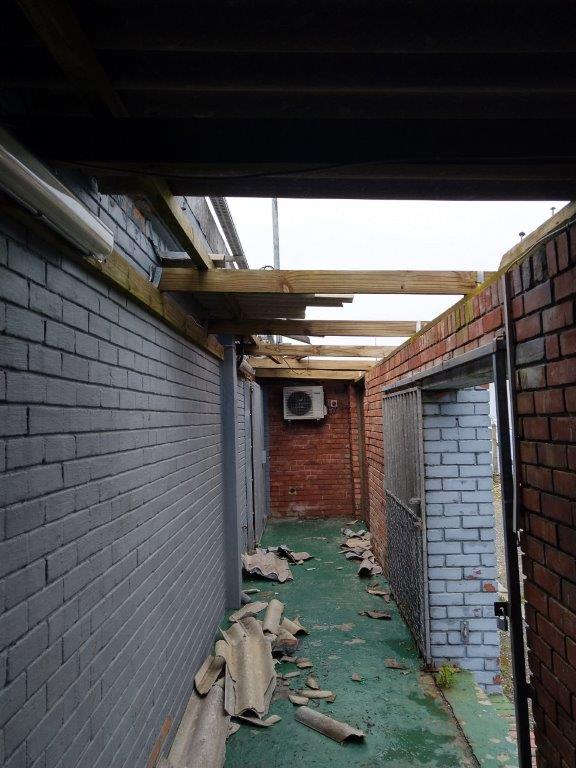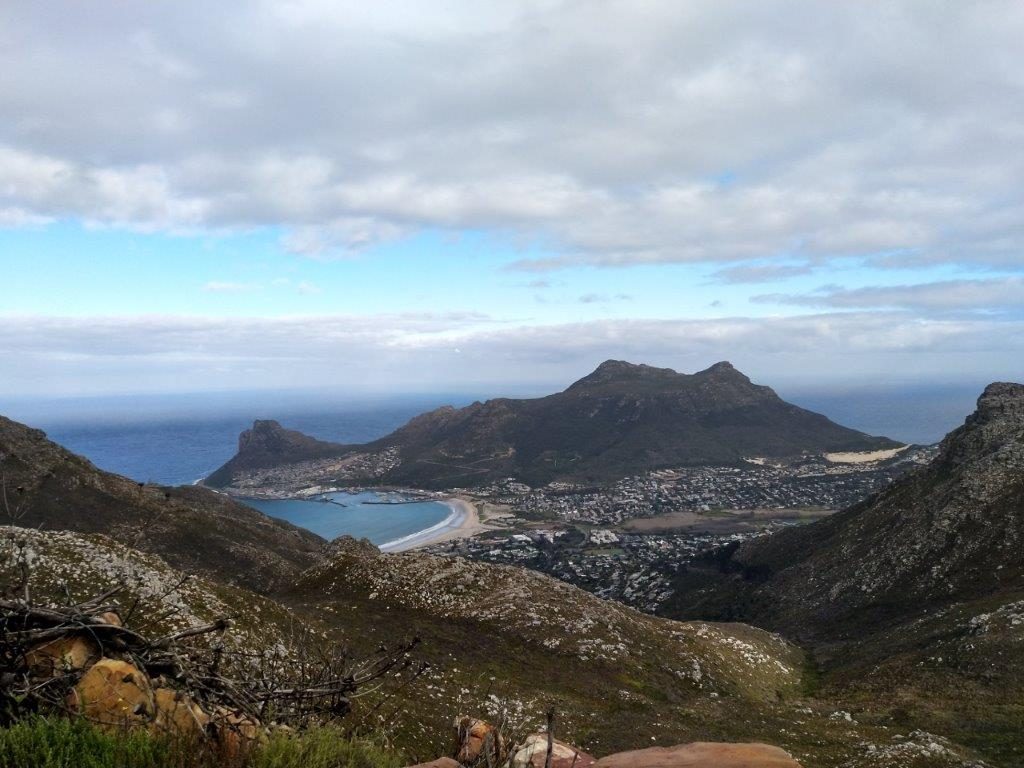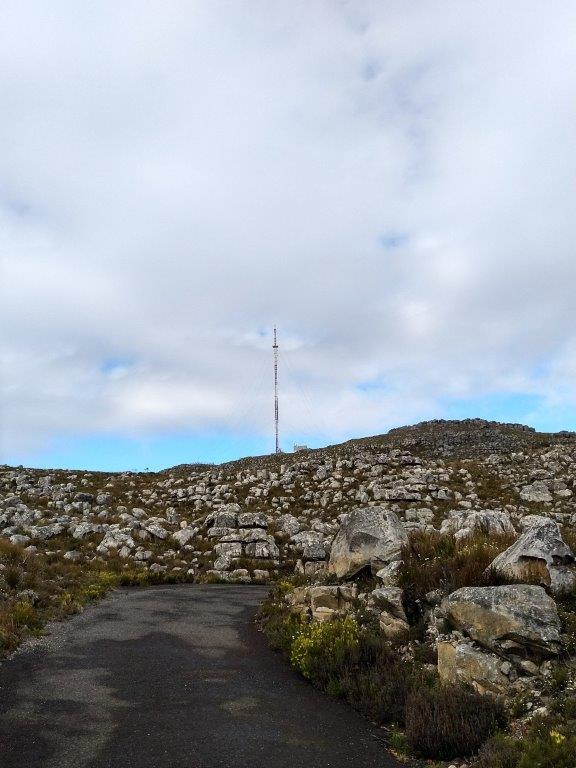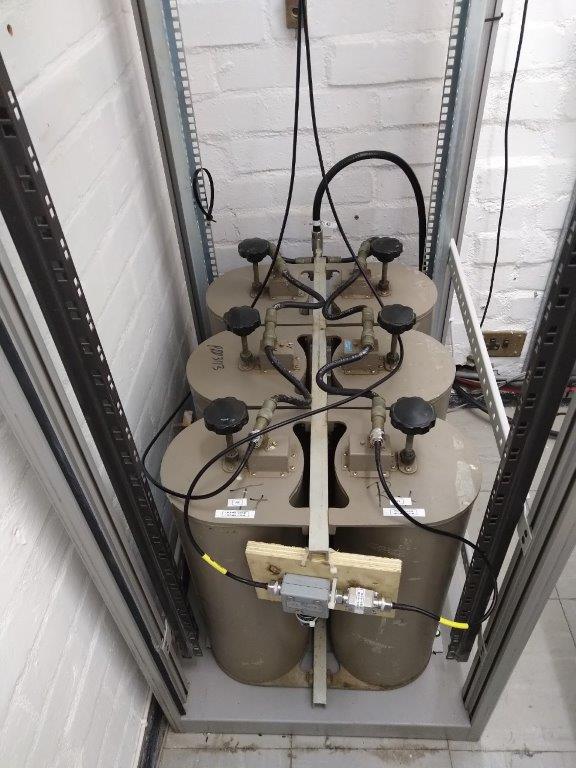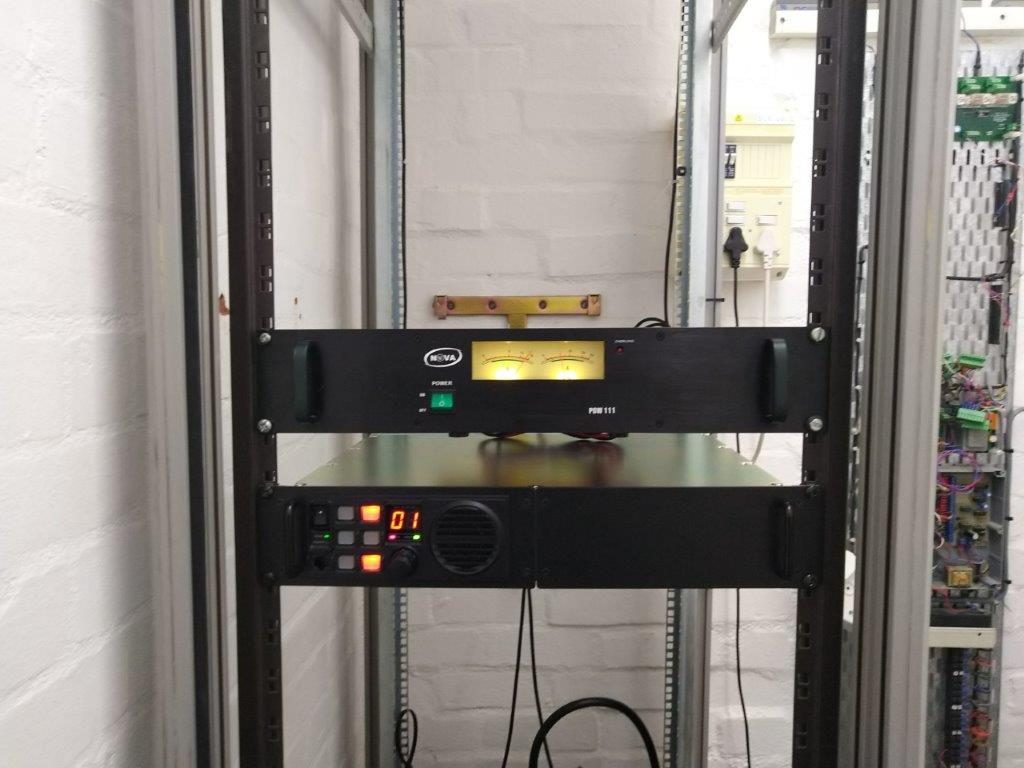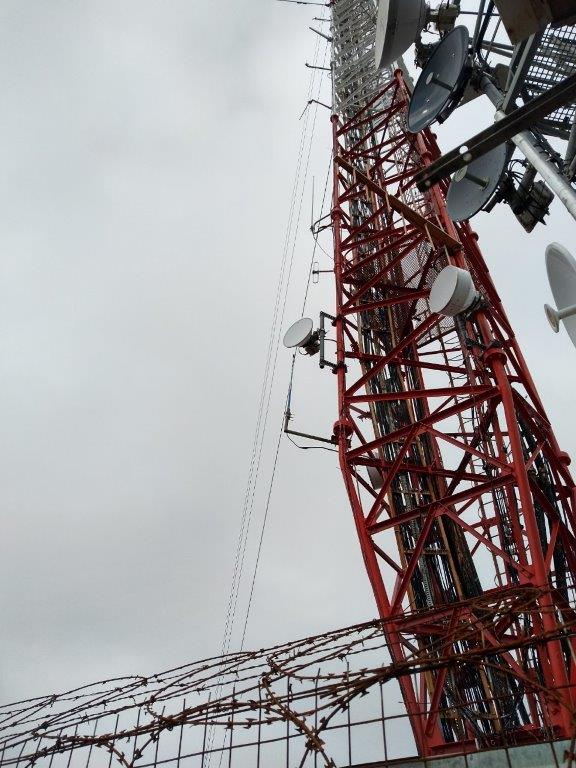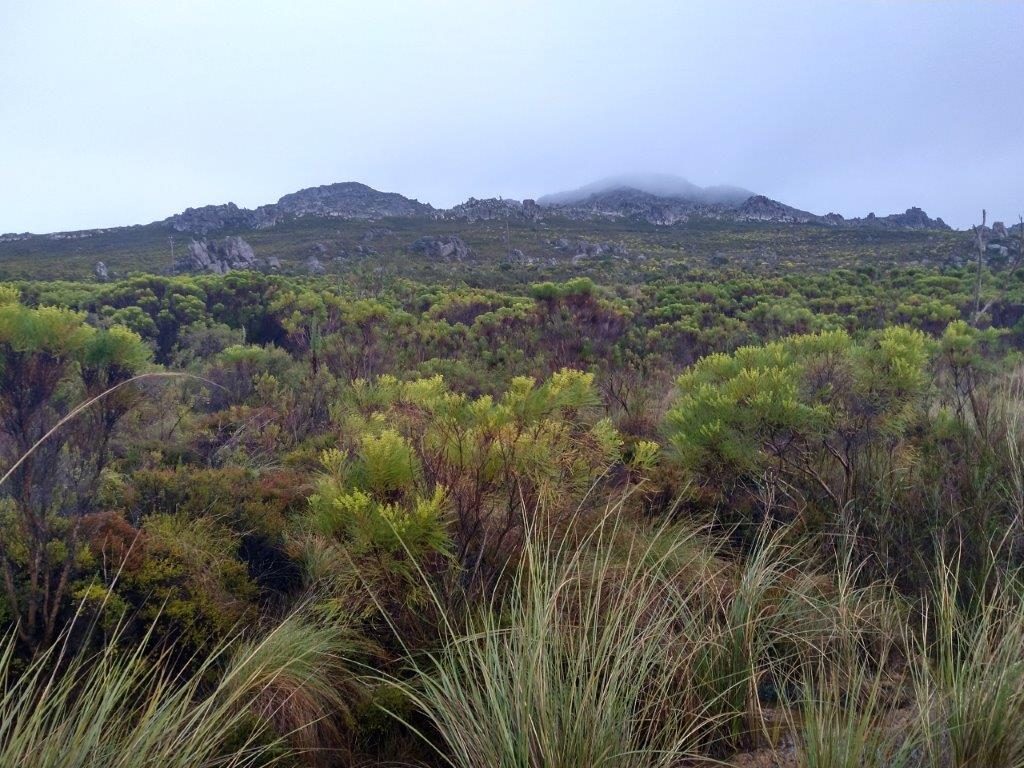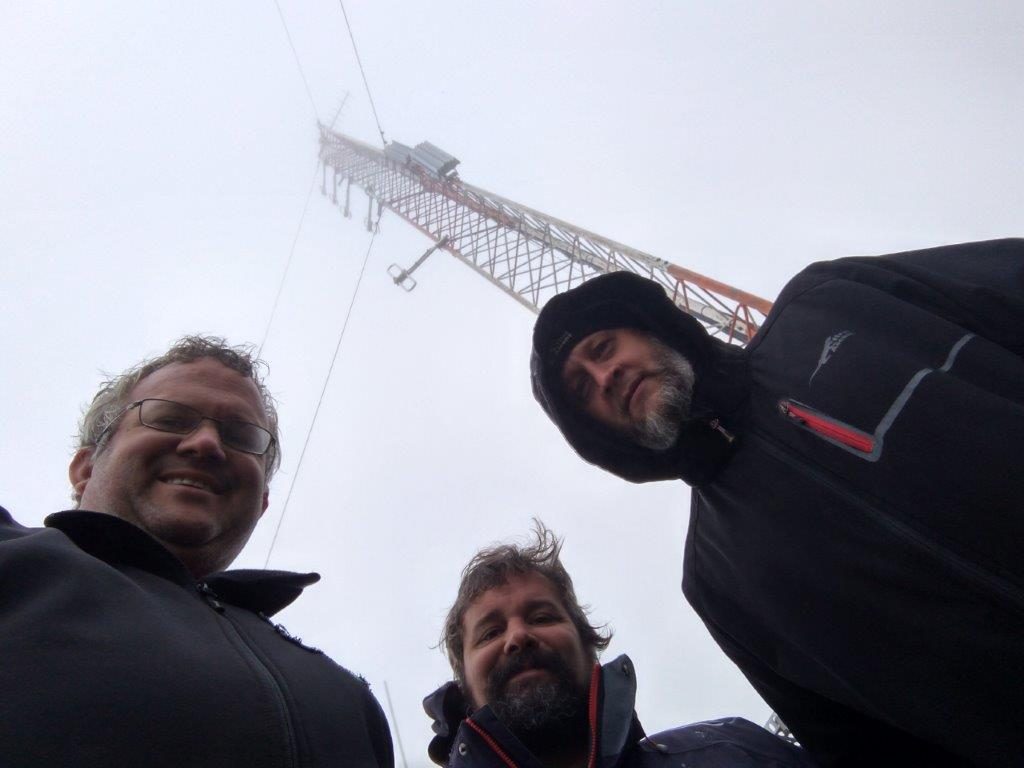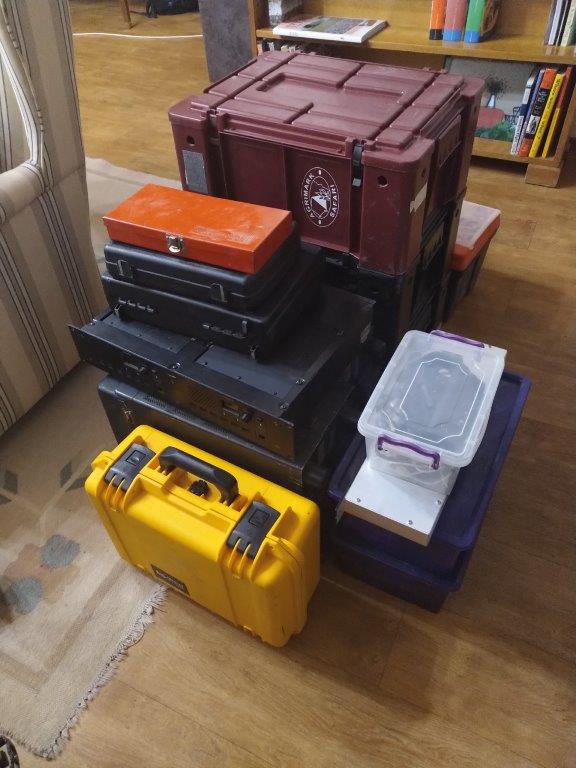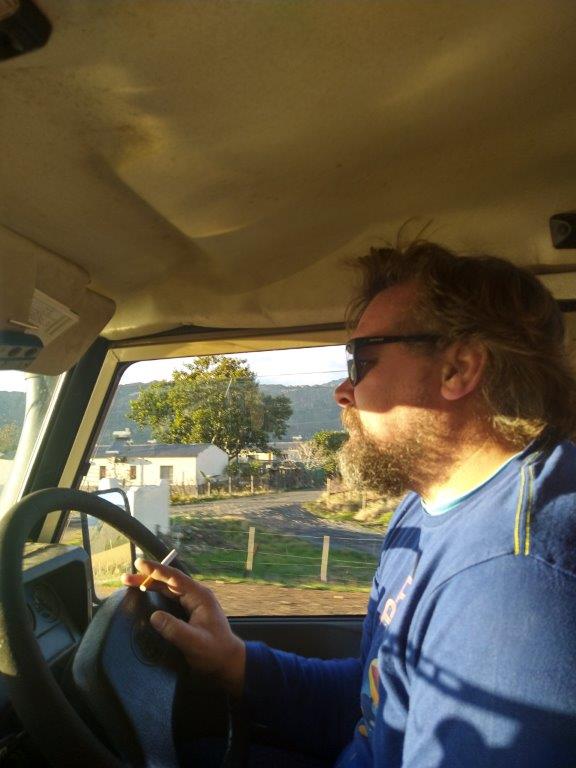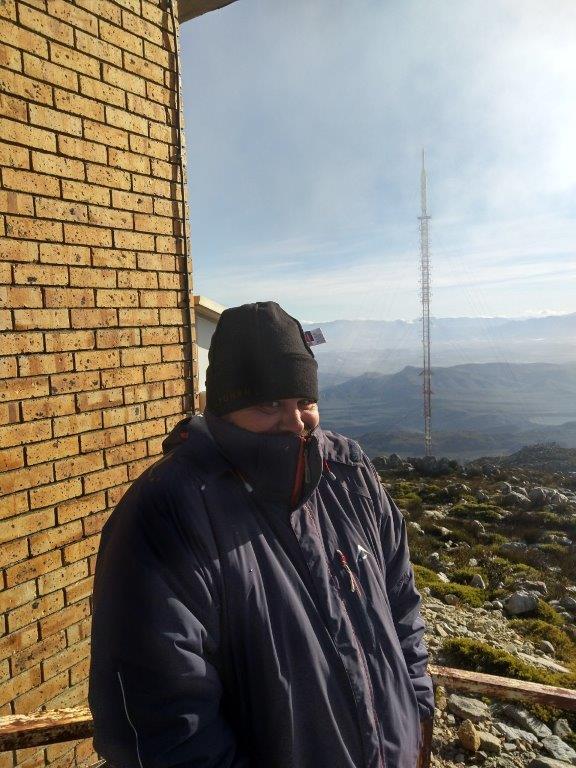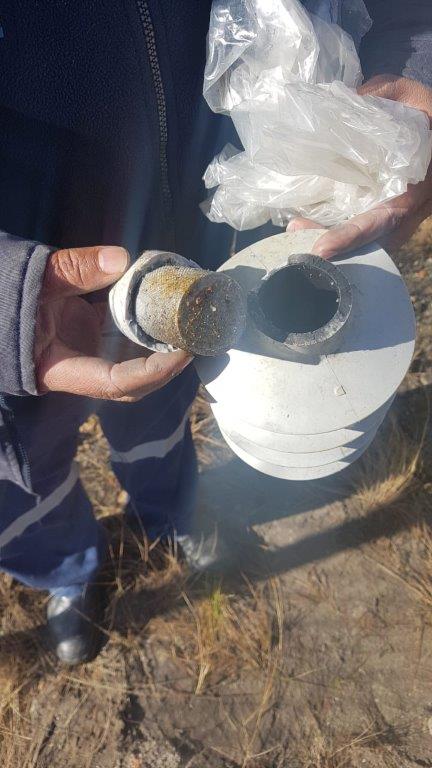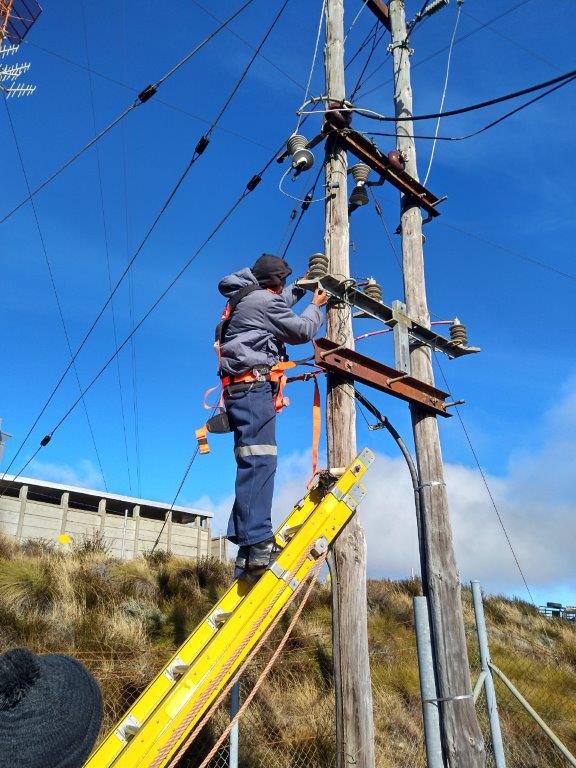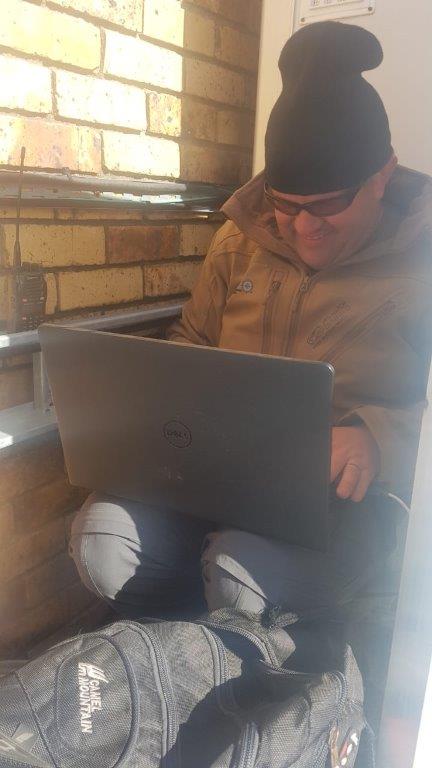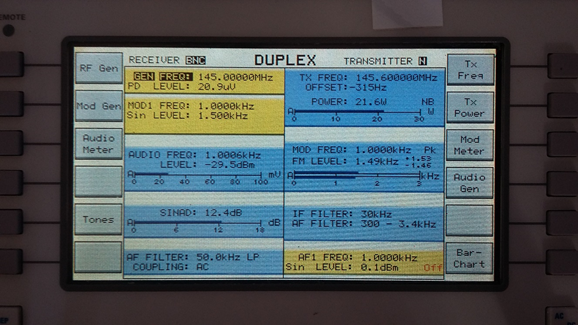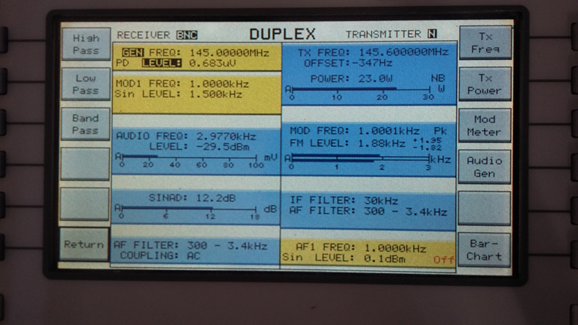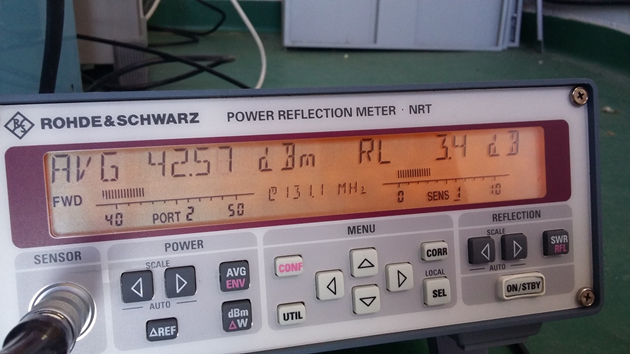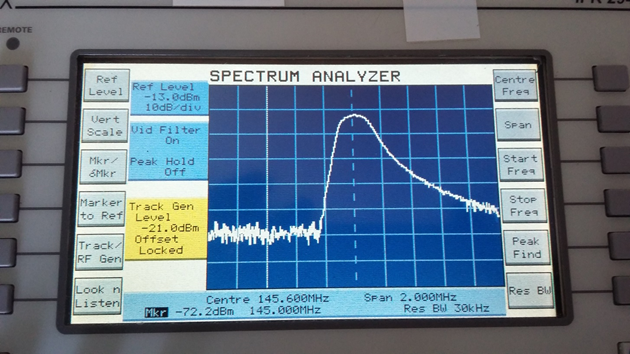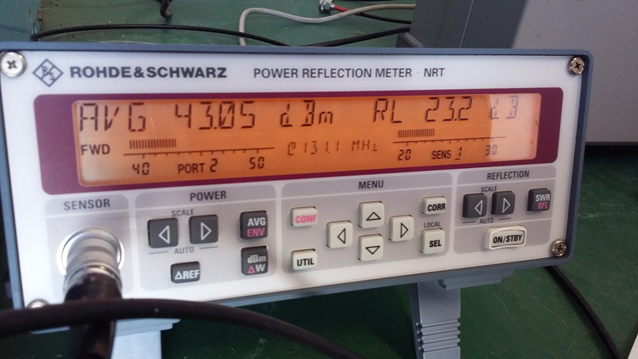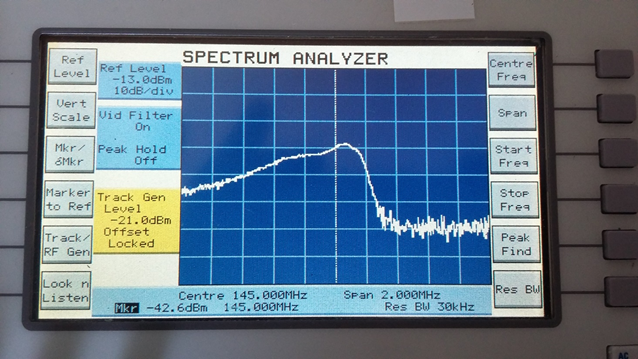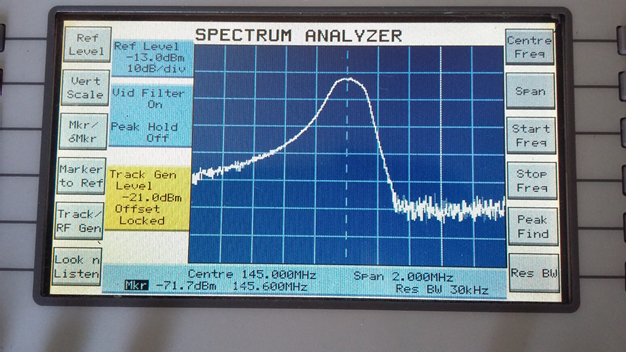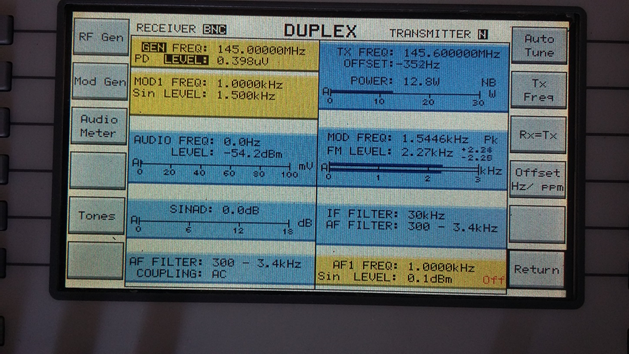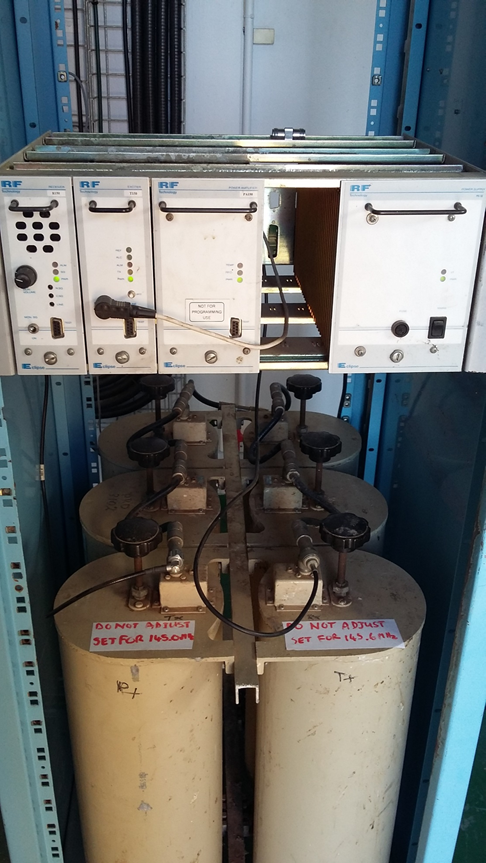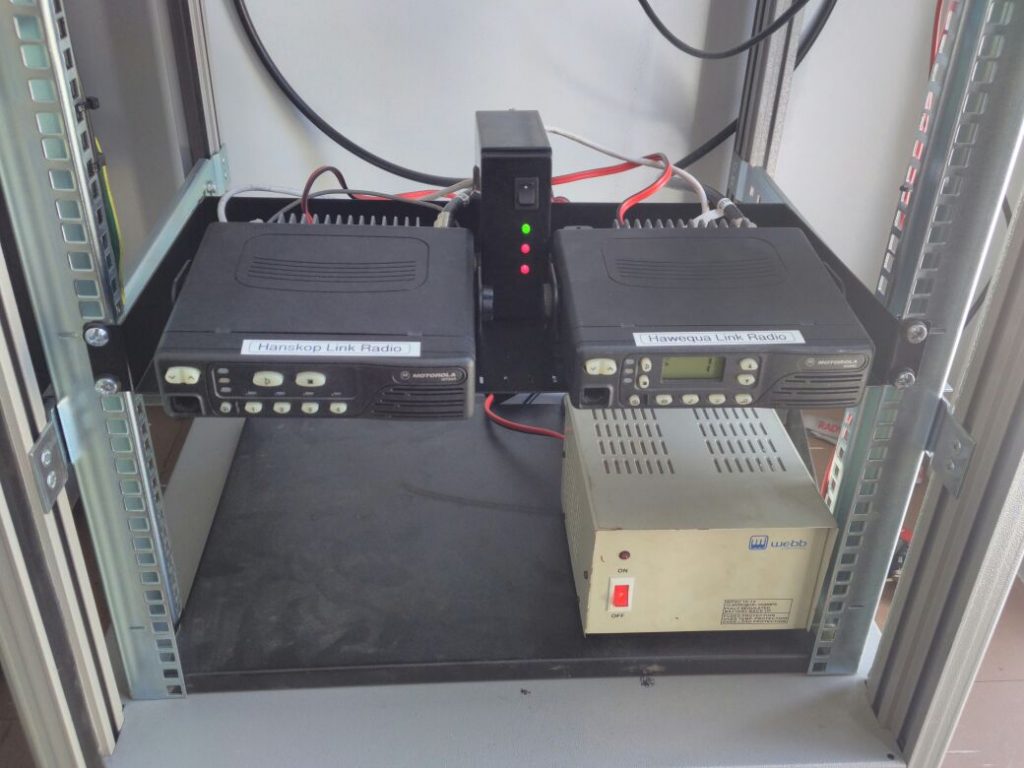Meetup at gate (at tar road) +_ 09:00.
Drove up.
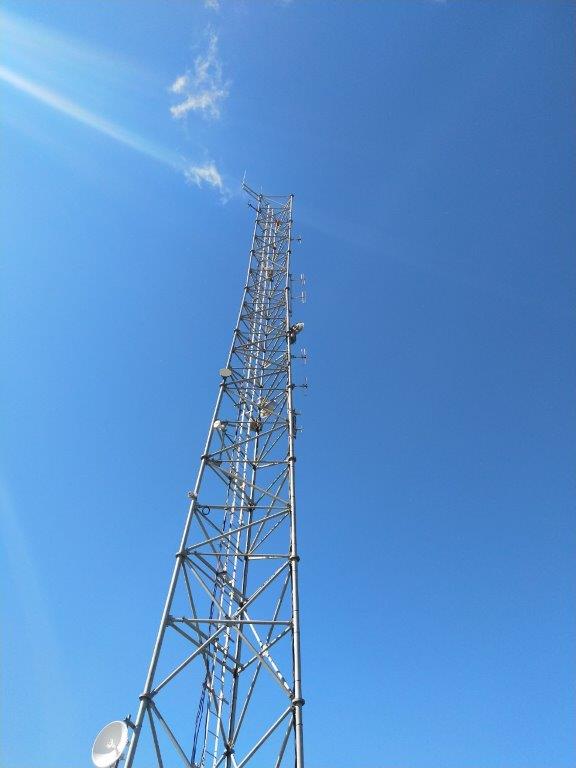
Measured Power and SWRs
Batteries 13.3V and 13.2V
Power Supply Unit right 26.64V
Power Supply left (DC to DC) 13.7V
Power Supply RHS against rack (DC to DC) 13.8V (Negative grounded on rack)
Between Duplexer and Heliax 10W SWR 1.4
Between T4002 and circulator 30W SWR 2
Between Circulator and Band Reject Filter 16W SWR 1.7
Between Band Reject Filer and Duplexer 13W SWR 1.4
Tested Heliax and Antenna
Used hand radio as source
Bottom 6W SWR 1.4
Removed antenna and replaced with dummyload
Bottom 6W SWR 1.4
Top 5W SWR 1
Reconnected antenna
Top 5W SWR 1
The 2 stage circulator was retuned to correct SWR problem (145.750 before -1.2dB SWR 2 after tuning -0.38 dB SWR 1) The first cap in circulator is suspect.
Bandreject (Notch) filter on 146.2375 was measured and the one nut was tightend
The duplexer was measured and retuned to get a beter insertion loss on 145.150 (before -1.95db after -0.74db) (One cable in harness was found to be wrong length and was replaced)
Wideband bandpass filter was measured. This was connected between cavity bandpass filter and preamp. Moved to be between circulator and bandreject filter.
Cavity bandpass filter was retuned for beter pass band. (before -5.71dB after -4.6dB)
Tested gasfet preamp (145.150 +16 dB)
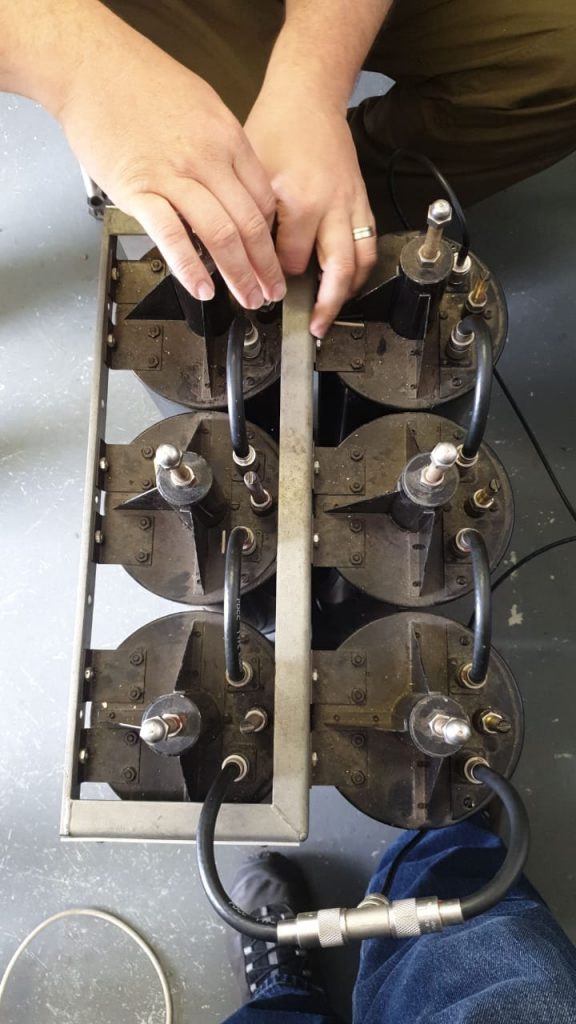
All equipment was labeled with measurements.
Repeater sensitivity measured -0.4uV
Everything reinstalled and some final measurements
Between T4002 and circulator 30W SWR 1
Between ciculator and Wideband bandpass 27W SWR 1
Between wideband bandpass and band Reject filter 12W SWR 1
Between band reject filter and duplexer 11W SWR 1
After duplexer, just under 10W
Sensitivity after duplexer 0.3uV
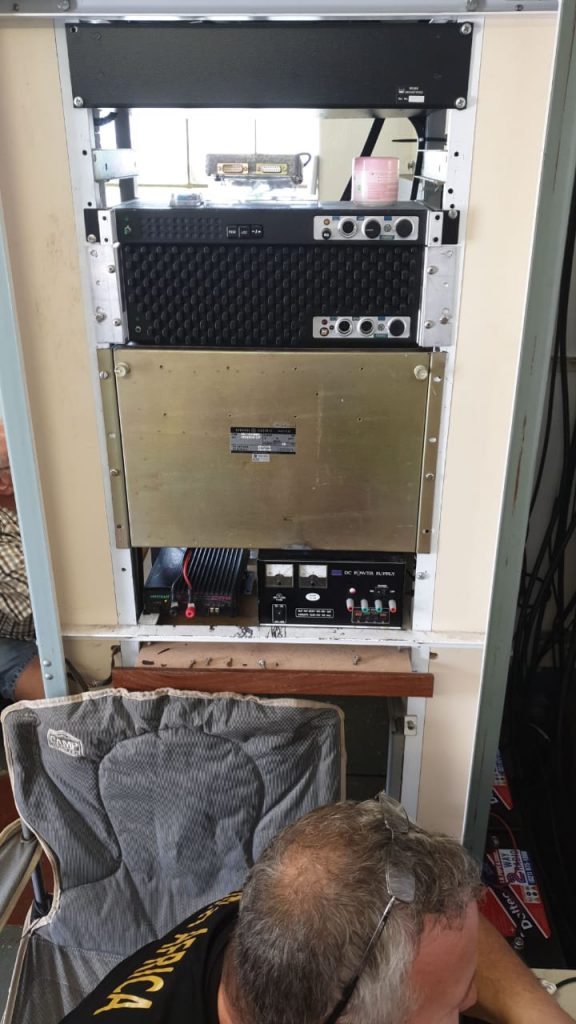
Tested UHF dipole antenna on side of building (good strong signal to 438.800)
Cleaned up and drove down +_ 15:30.
Summary
More thinking will need to be done about Heliax state.
TX side: losses was improved and corrected, but with the introducing of the wideband bandpass in the correct place, no power was gained.
RX side: removed wideband bandpass (2.2 dB improvement), returned cavity bandpass (1.1 dB improvement), retuned duplexer (1.2 dB improvement) Total 4.5 dB improvement
TODO:
Investigate Antenna options
Decide on Feeder
Think about linking
Retuned Wideband bandpass Filter to have less loss on 145.750 (currently -2.7db)
Move preamp before cavity BP filter. (This would just make more sense to amplify, before filter)
Remove one can from Cavity BP filter, retuned for 145.750 and replace wideband BP filter. (Will make about 1.2db more sensitive on RX and about 2dB less loss on TX)
Service UHF

